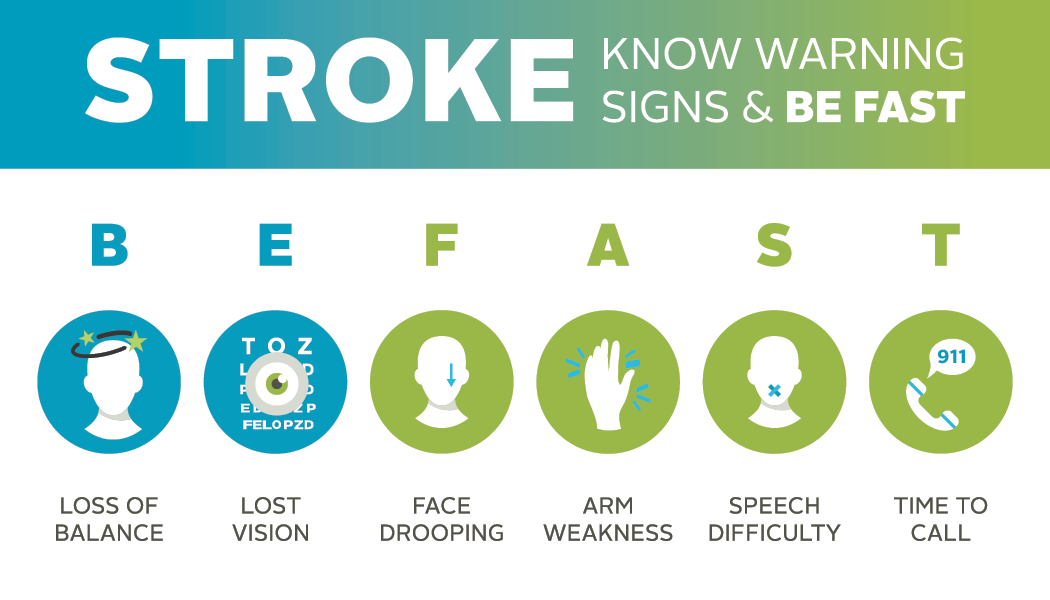Our approach to care
A stroke is the sudden death of brain cells due to lack of oxygen that occurs when blood flow to the brain is blocked or damaged. Every 40 seconds in the United States, someone has a stroke. It is a leading cause of death and is a major cause of serious disability for adults.
Typeas of Stroke
Ischemic stroke
Ischemic stroke occurs when a blood clot or obstruction in an artery prevents blood from flowing to the brain. This is the more common form of stroke. The underlying condition for this type of obstruction is the development of fatty deposits lining the vessel walls.
Hemorrhagic stroke
Hemorrhagic stroke occurs when a blood vessel inside the brain bursts or leaks. The blood can put pressure on the brain which can damage brain cells. This type of stroke accounts for about 13 percent of stroke cases but tends to have a higher mortality rate than ischemic stroke.
Transient ischemic attack (TIA)
Transient Ischemic Attack, or a mini-stroke occurs when blood blow to the brain suddenly stops for a short time, causing stroke-like symptoms. Like any other stroke, a TIA requires immediate emergency care. Having a TIA puts you at greater risk of experience a full-blown stroke.










